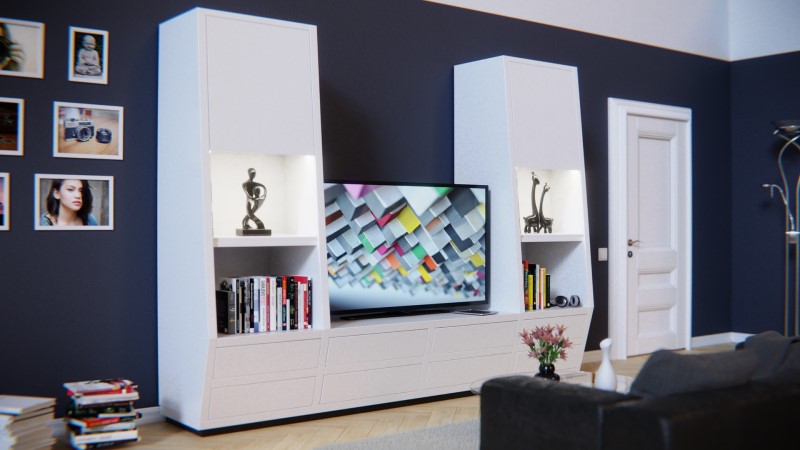Can a TV be Anti-Glare?
You’ve seen it advertised. Some TVs have anti-glare or anti-reflective screens. These TVs promise that they can be placed in a room with windows or lights and still be viewable. Sounds great right? But does it really work? Let’s discuss!
How Does a TV Become Anti-Glare?
In its purest form, the front of a TV is simply a piece of transparent glass or plastic that will allow the image created to shine through. The problem with a flat piece of glass or plastic is that it will reflect light that strikes it from the outside. To combat this, some TVs add a coating that will reject this outside light (to a point) to reduce the reflections.
This works much like an ALR projection screen. Either by adding a coating or by etching the material, a non-uniform surface is achieved. This breaks up any reflections or glare that might come from external light. Of course, there are tradeoffs when making a screen that is anti-glare.
The Downsides
The two major downsides of anti-glare TVs are image quality and cleaning. Anti-glare screens are notorious for creating problems with your image. Often referred to as “dirty screen effect,” anti-glare TVs can create images that look fuzzier and have less accurate colors than ones that have clear screens. For the purists, this tradeoff of accuracy for the anti-glare characteristics is not worth it.

The other major problem is cleaning. Cleaning flat glass is fairly easy. TVs with anti-glare coatings tend to show smudges and fingerprints more readily. In addition, aggressive cleaning can and will remove the anti-glare coating. If you have a flat-panel TV, you need to read the manual carefully for cleaning instructions. Some will be very specific about how to clean it without damaging or removing the anti-glare coating.
Does Anti-Glare Work?
If you read the reviews of any anti-glare TV you’ll find that they are usually mixed. Some people will find that they work well while others will say they won’t work at all. This is usually because the answer is somewhere in the middle. Anti-glare isn’t really “no glare.” It is less glare. If you were to put a TV with an anti-glare coating in the same spot as one without the coating, you’d likely notice an improvement in the amount of glare.
But people don’t do that. They simply buy the TV, set it up where they want, and, if they see any glare at all, claim it doesn’t work.
These anti-glare TVs do reduce glare to a certain extent. Some more than others. But it is at a cost. Usually, these TVs cost a little more, there are the aforementioned costs to performance, and they are not a panacea. If you have a room with a lot of light or tend to do most of your viewing during the day, you’ll have to help out in reducing glare. But that’s a different article.


